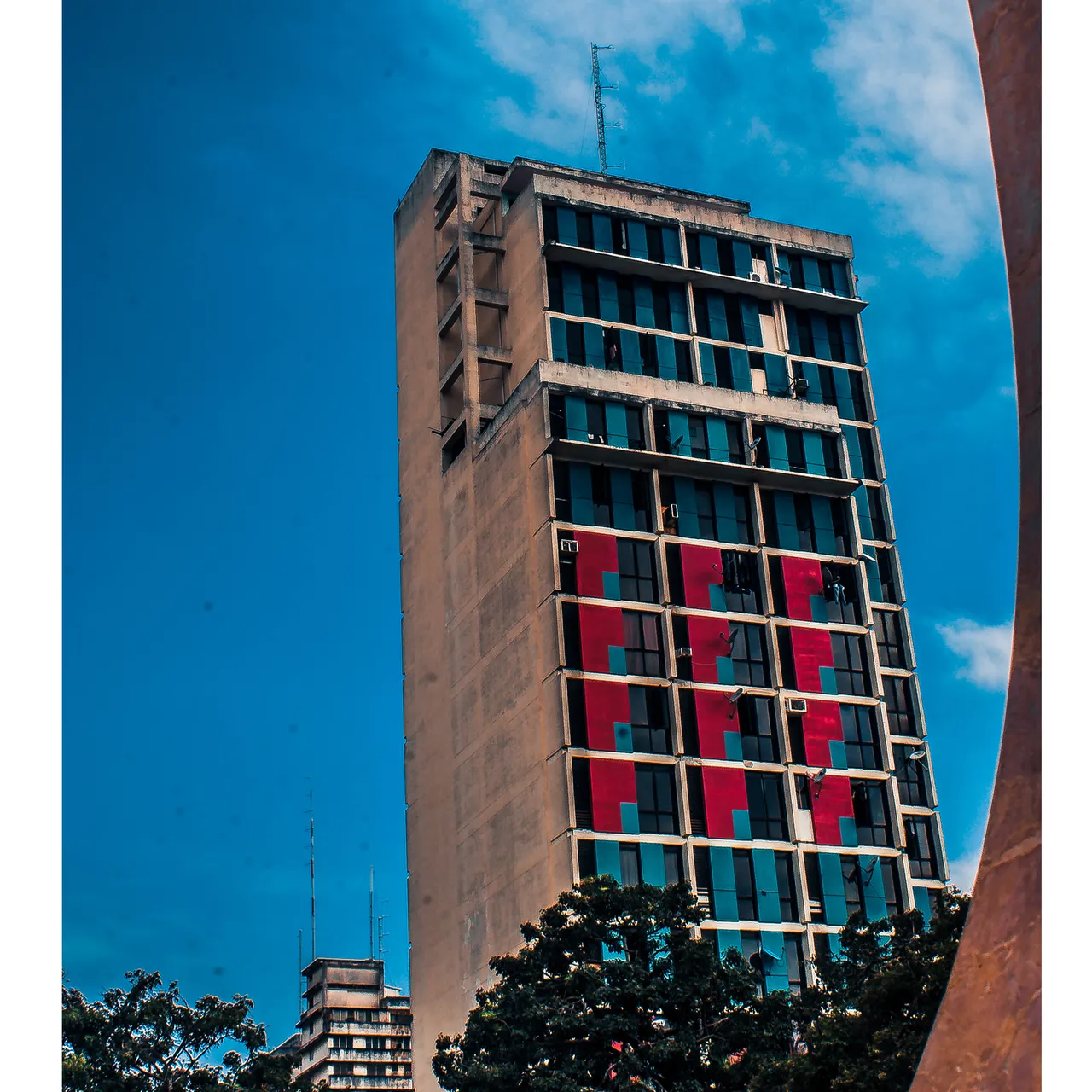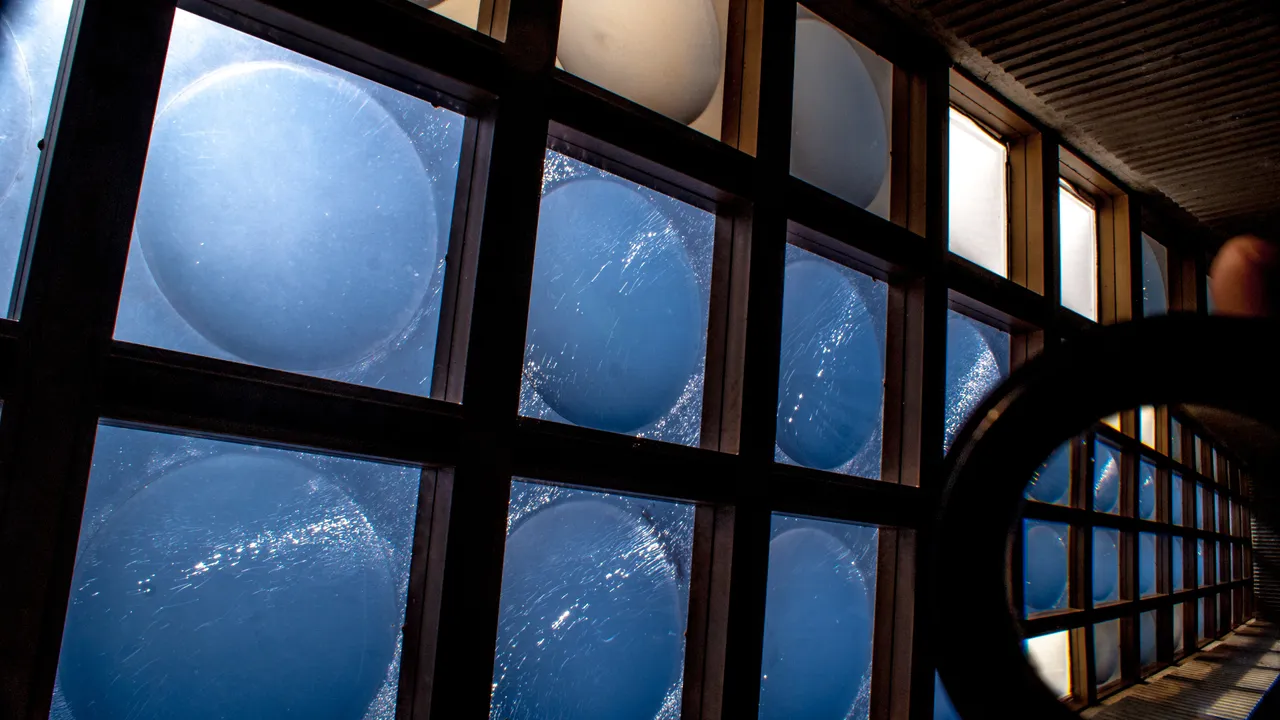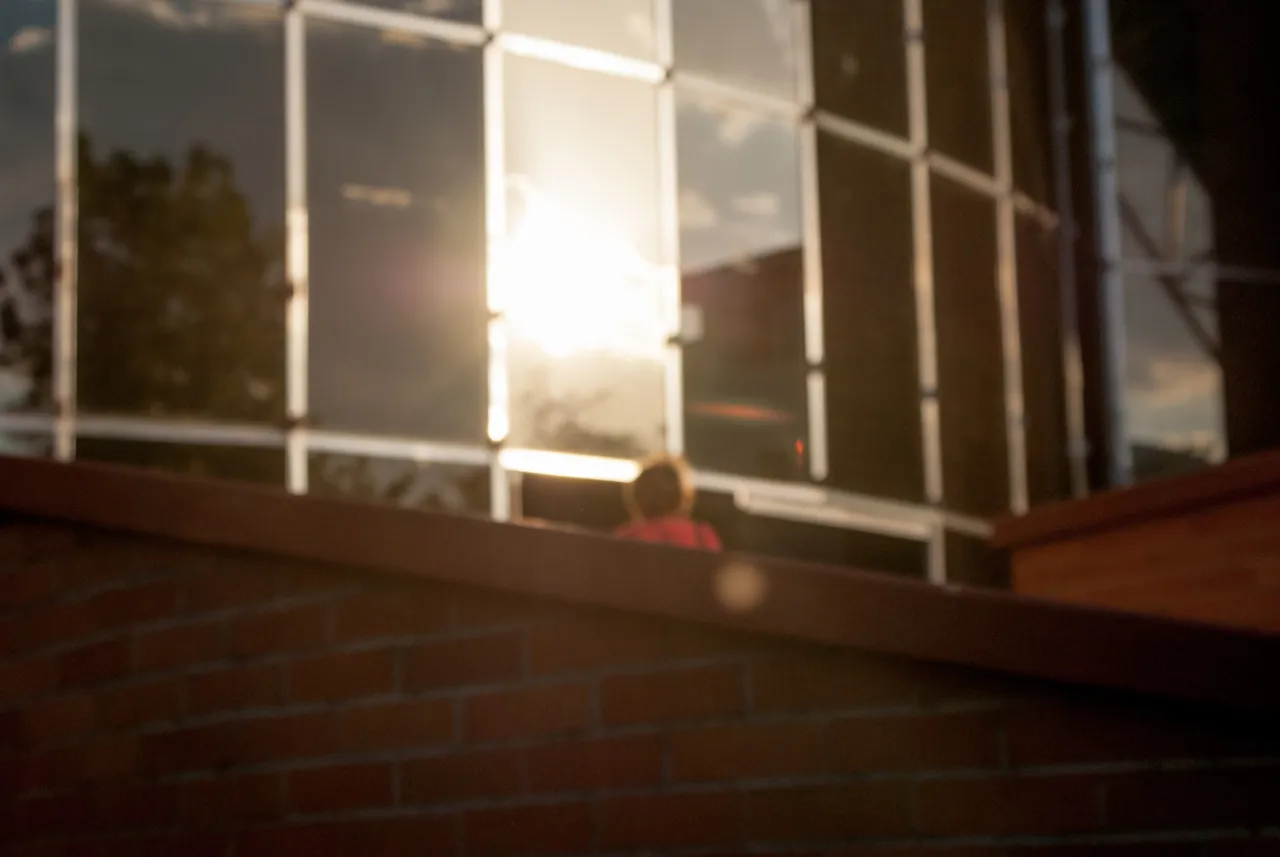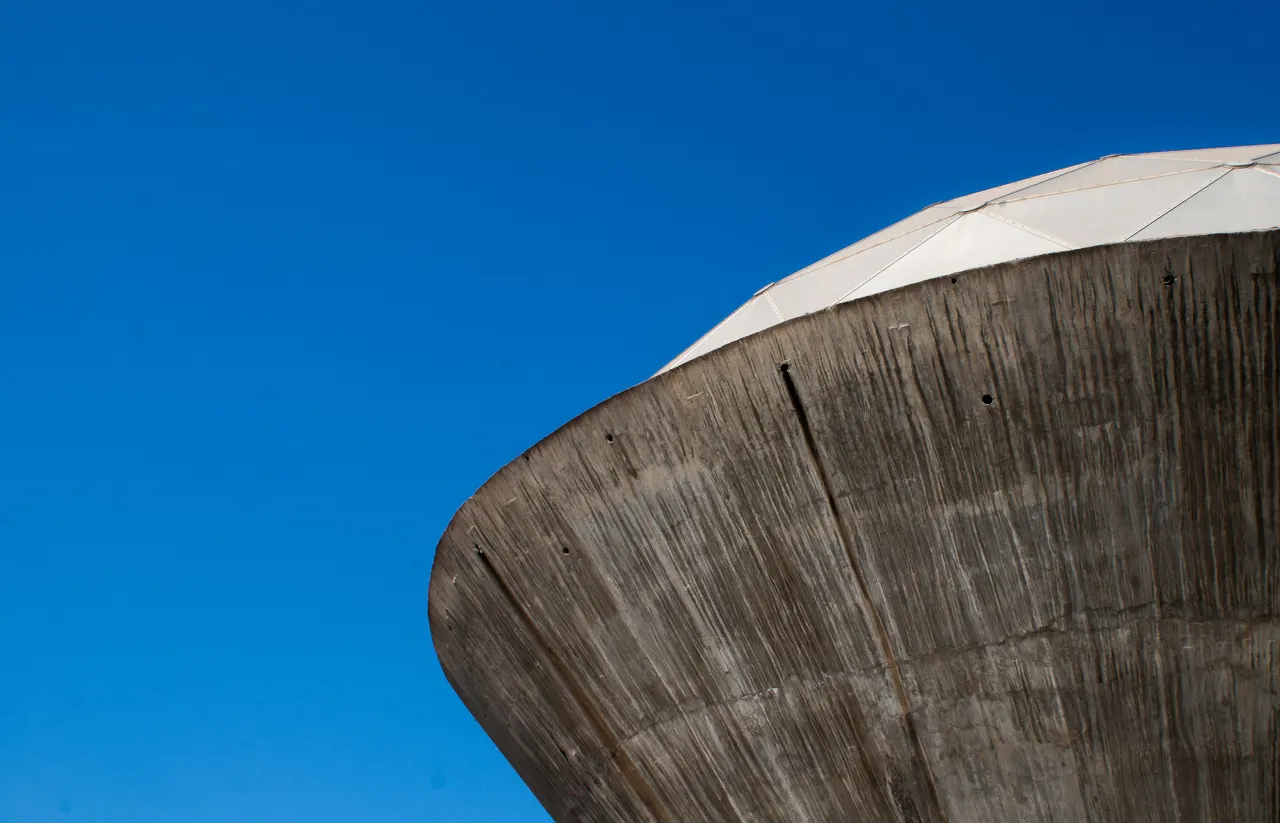
Good morning everyone, every time I see new posts from new people with interesting topics, how positive to see this growth, and the impeccable work of the curators who undoubtedly give it the touch of motivation that we lacked, it is quite a feedback positive in many ways. My best regards to all of you. This is the third contest that is practically based on current materials, in addition to talking about these I will add a curious reminder. ### If we go back in time, we will see how the industrial revolution of the last century was key to generating the cities and urbanism that exist today, 3 key materials emerged in this, glass, steel and reinforced concrete, formalizing the famous style international with the "skyscrapers" of that time and the modern architecture of Gropius, Mies, Wright, Neutra... These materials have evolved much more, but their base form remains that of that time.
Through the exploitation of the natural resources of our planet (an issue that has become a current problem, but that is another issue) gave rise to these materials, which thanks to their chemical properties form optimal materials in architecture. # Glass ### It is a material that is used in windows with holes in the walls for these, thanks to its advances it can be used as a floor-to-ceiling enclosure with the curtain glass, these help to be translucent, the entry of lighting to the spaces and thus reduce costs in artificial lighting. The glasses can also be designed so that they face the outside allowing the entry of natural ventilation, and in this way the expenses in air conditioning are reduced, although whether it is convenient or not already depends on a theme of the urban analysis of the building. Thanks to the advances in glass, there are, for example, tempered glasses, more diffuse glasses with different levels of transparency and colors, there are also thermopanel glass, which consists of being two glasses with a layer of air in the middle generating acoustic and thermal insulation.
Spanish
Buen día a todos, cada vez veo post nuevos de gente nueva con temas interesantes, que positivo ver este crecimiento, y la impecable tarea de los curadores que sin duda le dan el toque de motivación que nos faltaba, es una retroalimentación bastante positiva en muchos sentidos. Mis saludos cordiales a todos ustedes. Este es el tercer concurso que se basa prácticamente en los materiales actuales, además de hablar de estos yo agregaré un recordatorio curioso.
Si retrocedemos en el tiempo, veremos cómo la revolución industrial del siglo pasado fue clave para generar las ciudades y urbanismos que hoy existen, 3 materiales claves emergieron en esta, el vidrio, el acero y el concreto armado, formalizando el famoso estilo internacional con los "rascacielos" de ese entonces y la arquitectura moderna de Gropius, Mies, Wright, Neutra... Estos materiales han evolucionado mucho más, pero su forma base sigue siendo la de ese entonces.
.
Mediante la explotación de los recursos naturales de nuestro planeta (asunto que se ha vuelto un problema actual, pero ese ya es otro tema) dio origen estos materiales, que gracias a sus propiedades químicas forman materiales optimos en la arquitectura.
El vidrio
Es un material que se usa en ventanas con huecos en los muros para estas, gracias a sus avances se puede usar como un cerramiento de piso a techo con los vidrios cortina, estos ayudan al ser traslucidos, la entrada de iluminación a los espacios y así disminuir los costos en iluminacion artificial. También los vidrios pueden diseñarse para que habran hacia el exterior permitiendo la entrada de la ventilación natural, y de este modo se reducen los gastos en climatización, aunque esto si es conveniente o no ya depende de un tema del analísis urbano del edificio. Gracias a los avances del vidrio existen por ejemplo vidrios templados, vidrios más difusos con distintos niveles de trasnpariencia y colores, también existen los vidrio termo panel que consiste en ser dos vidrios con una capa de aire en el medio generando un aislamiento acústico y térmico.


Structural steel
This type of steel arose from the improvements it underwent over time to reach this point of resistance in which it becomes a bearing material for the weight of the building, allowing the exponential growth of the height of the buildings. In the modern architecture of the 50s, the use of steel profiles can be noticed in an incredibly aesthetic way, a detail that is still used today. There are also variations of this type of steel using its tensile properties to be executed as beams, large beams with a large span that allows a free space of columns, in the industrial revolution large warehouses arose in industries thanks to this material. Currently the uses are very varied, from using steel profiles to make furniture, to using dimensioned steel profiles to carry out structural tasks on a larger scale.
SPANISH
El acero estructural
Este tipo de acero surgió de las mejoras que sufrió en el tiempo para llegar a este punto de resistencia en el cual se vuelve un material portante del peso del edificio, permitiendo el crecimiento exponencial de la altura de los edificios. En la arquitectura moderna de los 50 se podrá notar el uso de los perfiles de acero de una manera increiblemente estética, detalle que aún se usan. También existen variaciones de este tipo de acero usando sus propiedades a la tracción para ser ejecutadas como vigas, grandes vigas con una gran luz que permite tener un espacio libre de columnas, en la revolución industrial surgieron los grandes galponesen las industrias gracias a este material. Actualmente los usosson muy variados, desde usar perfilesde acero para realizar mobiliario,hasta usar perfiles de acero dimensionados para realizar tareas estructurales con mayor escala.
Reinforced concrete
Concrete was an innovation in which it is when steel profiles are added to concrete and together they increase its amount of resistance to load forces. Although there are currently a number of additives to reinforce or give other properties and finishes to concrete and reinforced concrete, the main recipe is still used from its origin. Thanks to the advance of reinforced concrete, it allowed great advances in architectural design thanks to its moldable shape and the resistance generated by its steel profiles. It should be noted that concrete or also called concrete, has very effective thermal insulating properties and is resistant to fire (which is a weakness of steel).
SPANISH
El concreto armado
El concreto fue una innovación en la cual es cuando al concreto se le agregan perfiles de acero y juntos aumentan su cantidad de resistencia a las fuerzas de carga. A pesar de que actualmente existen una cantidad de aditivos para reforzar o dar otras propiedades y acabados al concreto y concreto armado, se sigue usando la receta principal desde su origen. Gracias al avance del hormigón armado permitió grandes avances en el diseño arquitectónico gracias a su moldeable forma y la resistencia que se genera con sus perfiles de acero. Cabe destacar que el concreto o tambien llamado hormigón, tiene propiedades aislantes termicos muy efectivas y es resistente al fuego ( la cual es una debilidad del acero).
.
